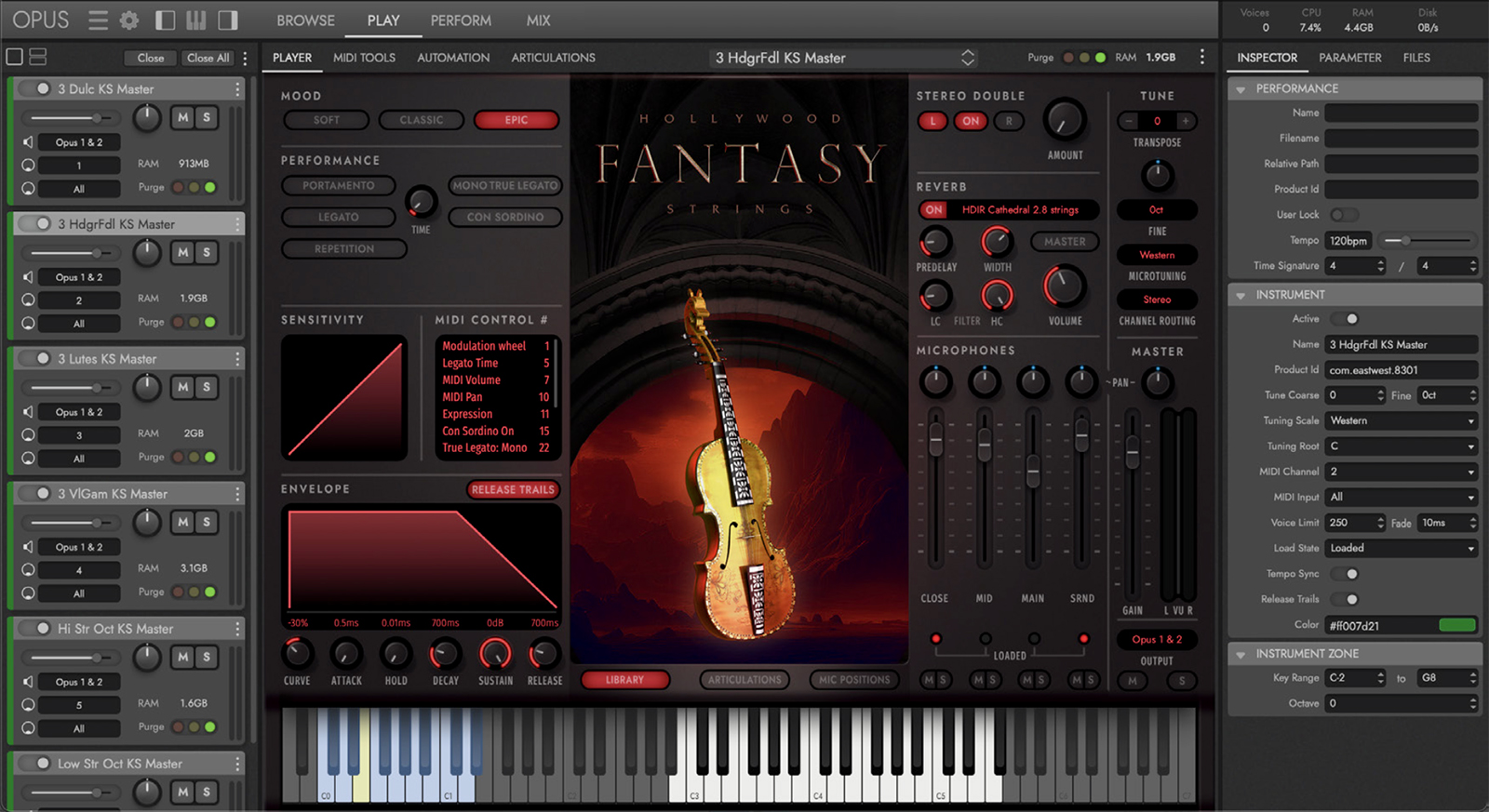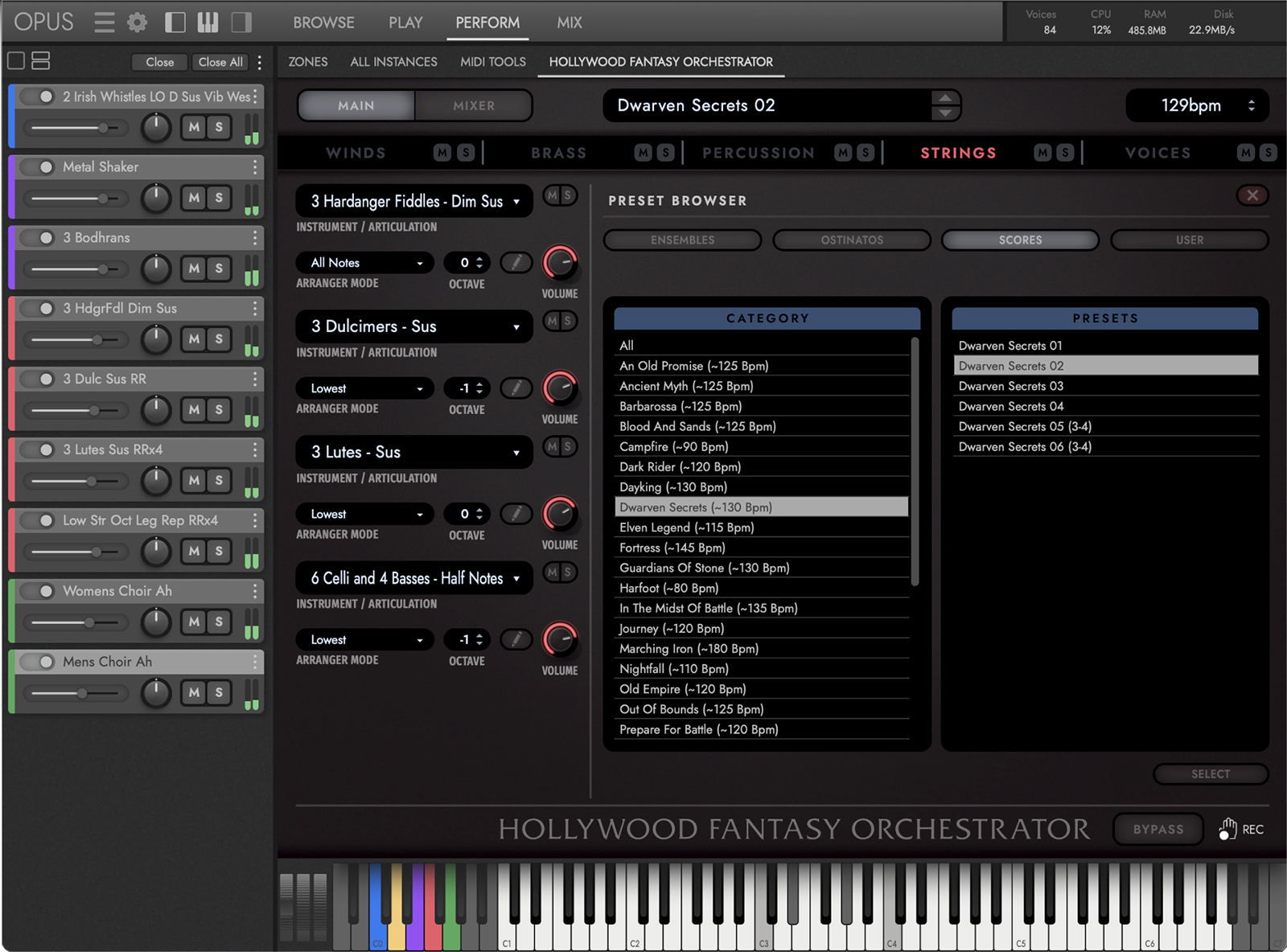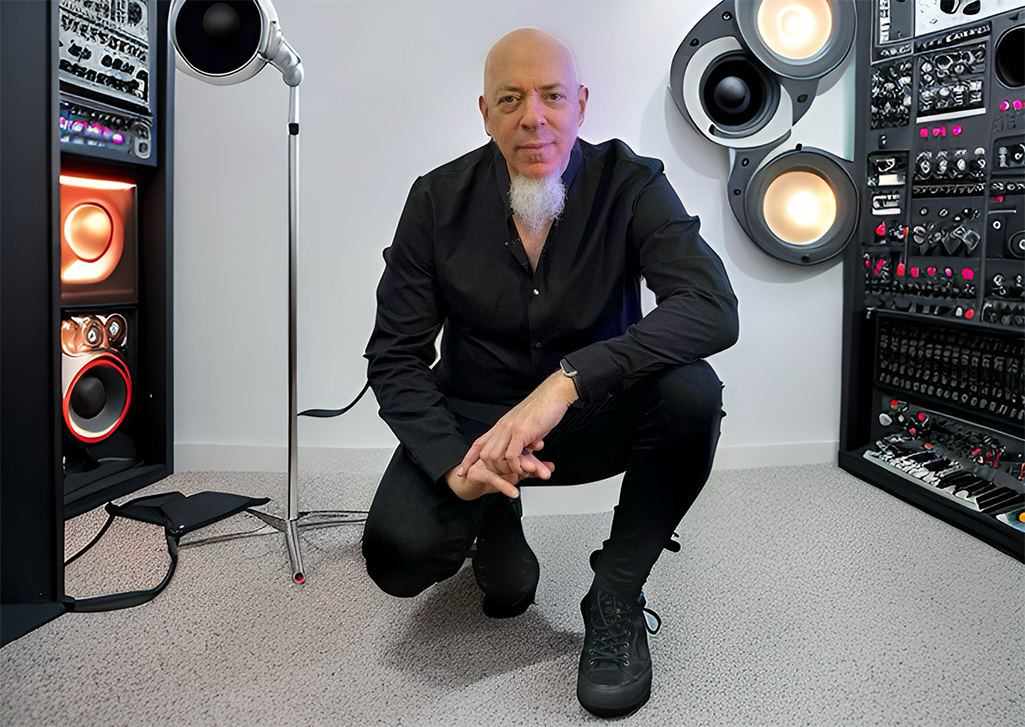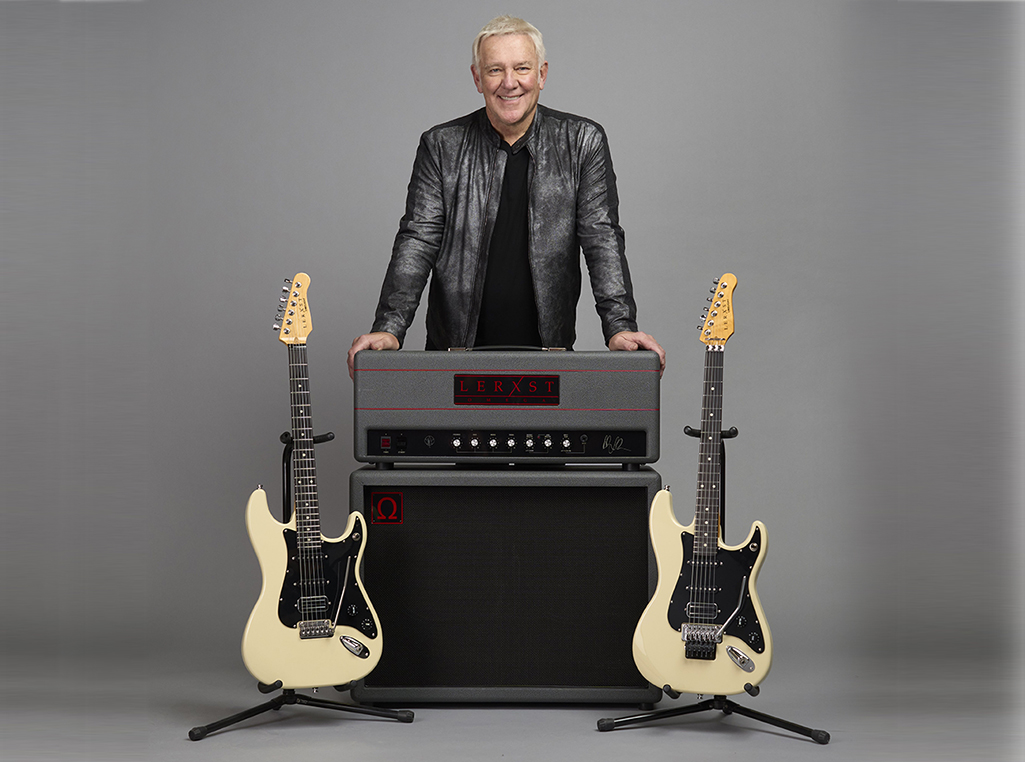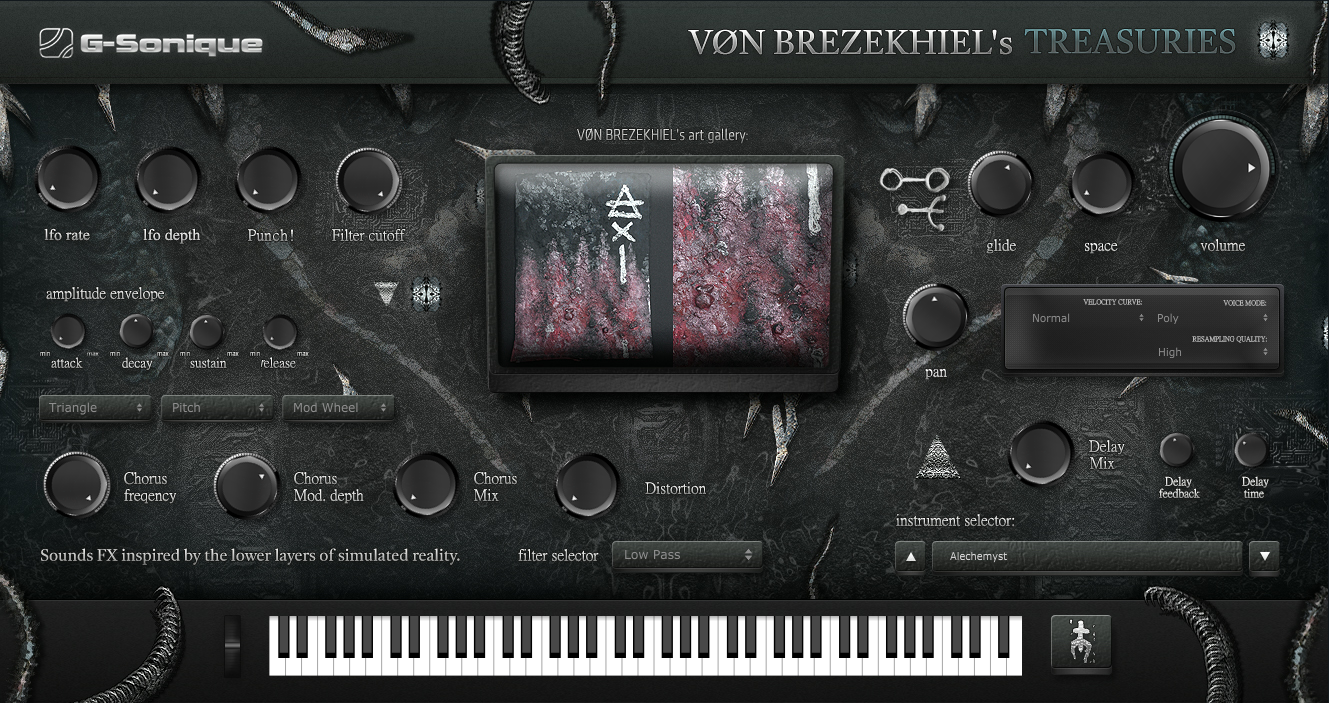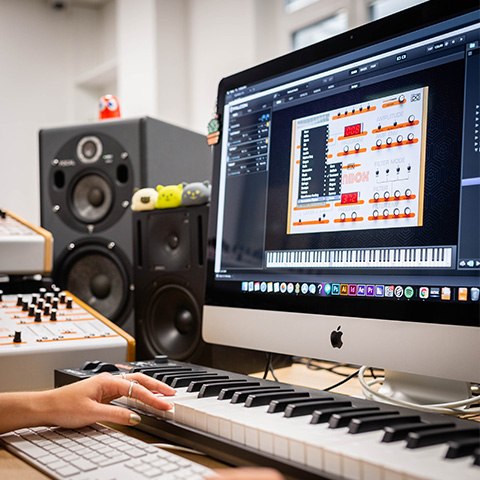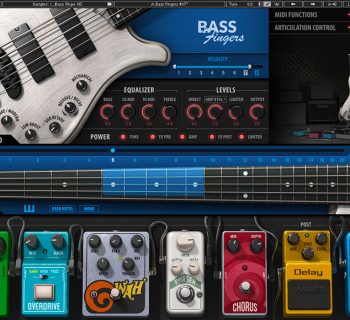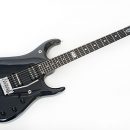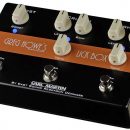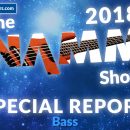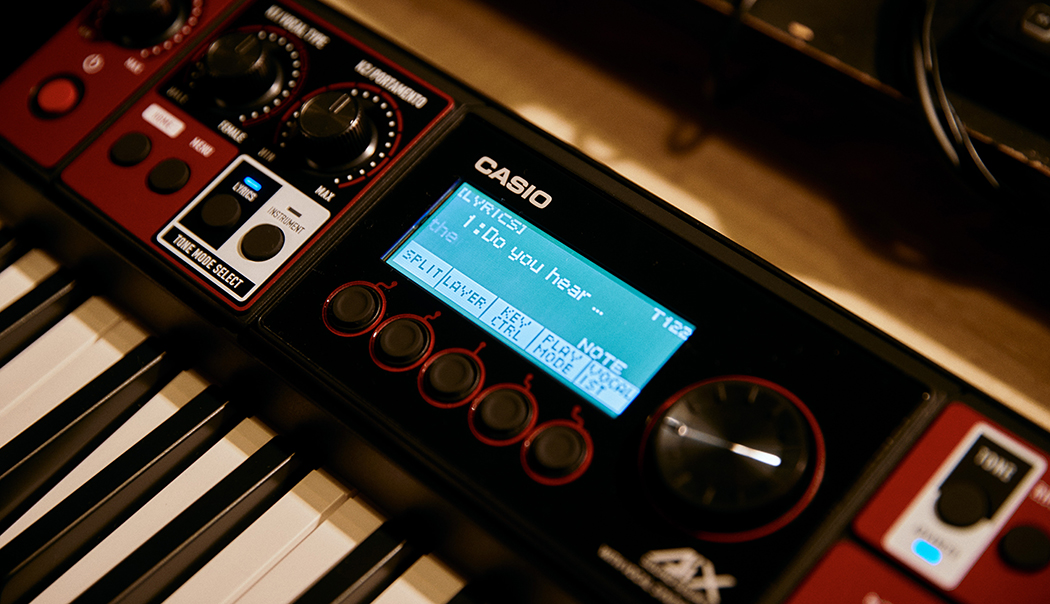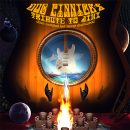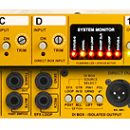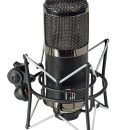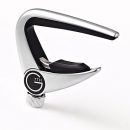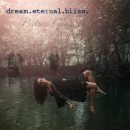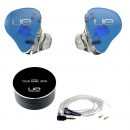EastWest has long made a name for themselves with great-sounding plugins, and their new Hollywood Fantasy Orchestra is no exception. Originally released one section at a time, there is now Fantasy Strings, Brass, Winds, Percussion, Voices, and most recently, Orchestrator. Providing collections of less-common instruments featuring Renaissance, medieval and baroque sounds, and the impressive Orchestrator to automatically give you cinematic scores with minimal effort, there’s a lot to like. It might not have all the traditional orchestra sounds you’re accustomed to, but this collection is not trying to be traditional! If you’re looking for something a little (or a lot!) different but still within the world of orchestral sounds, this might be right up your alley!
Features
There’s a lot to cover, as the suite is now five different collections plus the orchestrator to tie it all together. As EastWest plugins run within the EastWest sample player Opus, not surprisingly, there’s some familiarity to those who have used Opus before- especially their previous release of the Hollywood Orchestra series, which we previously reviewed here.
What instruments do you get? Definitely not what you’d expect, so here we go!
Strings offers eight instruments and 147 separate patches. This includes lutes, viola de gamba (kind of like an early cello, but has 6 strings and has frets), Hardinger fiddles (a traditional stringed instrument considered to be the national instrument of Norway. In modern designs, this type of fiddle is very similar to the violin, though with eight or nine strings. Uses in modern music are in Howard Shore’s Rohan theme from Lord of the Rings and Bear McCreary’s traditional string arrangements in God of War), violins, violas, cellos, dulcimers, and basses. Also included is the unusual Hurdy Gurdy, an instrument played by turning a crank which spins a wheel. The wheel acts like a violin bow and vibrates the strings. For every instrument in the Hollywood Fantasy Orchestra series, you can choose from 3 Moods – Classic, Soft, and Epic – which will instantly change the mic mix, reverb, and dynamic layer emphasis of that instrument to perfectly match the "mood" of your composition.
Brass includes Alpenhorns (an instrument consisting of a straight several-meter-long wooden natural horn of conical bore, with a wooden cup-shaped mouthpiece- seen in Ricola commercials) Wagner Tubas (a four-valve brass instrument commissioned by and named after Richard Wagner that combines technical features of both standard tubas and French horns), Flugelhorns (a brass instrument that resembles the trumpet and cornet but has a wider, more conical bore, developed in Germany and derived from the English Bugle), and a low brass ensemble consisting of 3 bass trombones, 2 cimbassos (Italian, similar to both the contrabass trombone and tuba), and one tuba.
Winds include Irish Whistles (a small, high-pitched instrument, traditionally made from metal- high in Bb and D, low in Eb and D), Uilleann Pipes (Celtic, from the 1700s and has been used in scores like Braveheart, Titanic, along with Square’s classic game Xenogears), Ocarinas (a type of vessel flute; a typical ocarina is an enclosed space with four to twelve finger holes and a mouthpiece that projects from the body; Nintendo's iconic game The Legend of Zelda: Ocarina of Time brought this instrument back into the public eye), and Renaissance flutes (used in Europe from roughly 1500 to 1650 and later, was designed to blend well).
Percussion includes Bodhrans (a frame drum used in Irish music ranging from 25 to 65 cm, usually made from goat skin), Krakeb (a large iron castanet-like musical instrument primarily used as the rhythmic aspect of Gnawa/North African music), Gran Cassas (Italian bass drum), a metal shaker, Nagara (used in India, typically two drums, one treble and one bass and are played with sticks), Ashiko (used in West Africa, shaped like a tapered cylinder (or truncated cone) with the head on the wide end, and the narrow end open), Taikos (In Japanese, the term taiko refers to any kind of drum, but outside Japan, it is used specifically to refer to any of the various Japanese drums called wadaiko), Nagado Ensemble (barrel shaped Japanese drums), an orchestra bell ensemble, Ceng Ceng (Balinese instrument that consists of several small, overlapping cymbals tied to a frame), Orchestral Metallurgy (different metallic hits, essentially a collection of large metals being grazed, struck, and beaten), Crotales Ensemble (tuned cymbals, sometimes called antique cymbals and generally come in sets of one octave; they are played with either hard plastic or brass mallets), Cymbal and Gong Ensemble, Snare ensemble, Toms, and a Goatnail Shaker (just like it sounds- a small percussion instrument of the rattle family, typically made from goat or sheep hooves, and originating in the Central Andes). And yes, some of these we had to look up!
Voices features singer Merethe Soltvedt performing with full male and female choirs, and includes sustains, legatos, phrases and words. In an unexpected twist, some of the words (60!) are actually derived from Tolkien’s Elvish language! The mod wheel controls which syllable within a word will play back, allowing syllables to be split between notes to create melodic lines. How cool is that? Additionally, there is a keyswitch section to bring together multiple voices together into several condensed patches, allowing you to include voices with less tracks and menu diving.
Orchestrator ties it all together: 168 Ensemble presets spread across 16 categories; 186 Score presets spread across 31 categories, and 120 Ostinato presets spread across 10 categories. This can help you generate soundtracks quickly, by playing a few simple chords with one hand and shaping expression with the other. A very welcome feature is that you can create real-time arrangements based on your MIDI input with the built in Scoring Engine. Of note, Hollywood Fantasy Orchestrator uses instruments from all 5 parts of the Hollywood Fantasy Orchestra series, and is not a standalone product.
System requirements are fairly reasonable, but obviously, as is true in any plugin, more memory and faster CPU are always better. As per EastWest:
MINIMUM SYSTEM:
CPU: Quad-core (four cores), running at 2.7 GHz (or above); RAM: 16 GB OS: macOS 10.13 (or later); Windows 10 with ASIO sound drivers; Drive: HDD (7200 rpm, non-energy saving)
RECOMMENDED SYSTEMCPU: Octa-core (eight cores), running at 2.7 GHz (or above); RAM: 32 GB or more; OS: macOS 10.13 (or later); Windows 10 with ASIO sound drivers; Drive: SSD (SATA or PCIe)
Hollywood Fantasy Orchestra comes in most DAW formats and also works standalone within EastWest’s PLAY or OPUS engines.
Surprisingly, the EastWest (soundsonline.com) website doesn’t tell you drive space requirements, but that’s what we’re here for! Drive space requirements are:
Voices: 37 GB
Brass: 18 GB
Orchestrator: 82 MB (not a typo, really MB!)
Percussion: 10 GB
Strings: 58 GB
Winds: 12 GB
So in total, you’ll need about 135 GB or so for everything.
The top part of the GUI is called the navigation area, and it is here you can navigate via tabs to the different pages of the plugin, including Browse, Play, Perform, and Mix. Below this strip, is the center of the screen, which is where these different pages show. On the left of this is your instrument rack, showing you what instruments are in your current selection, and to the right of the center main screen is the Inspector area which is where various parameters for your current selection can be found and adjusted. Below the center screen is the virtual piano, which shows the selected instrument’s sampled key range, pitch wheel, modulation wheel (CC 1), and expression wheel (CC 11).
One cool feature was the ability to export MIDI data. MIDI performances from the Orchestrator presets can be exported from the plug-in straight into your DAW. This enables the use of Orchestrator performances with other virtual instruments.
Usability
To install, you first need to download the EastWest Installation Center, which gives you access to all of EastWest’s plugins. You can download anything you like, but of course you can only run what you purchased a license for. Licenses are via an iLok, though you can put a license (via iLok software) directly on your computer. It’s a well-designed, automated program, and you can specify where you would like the library to be stored, separate from the plugin program itself.
We think the user interface is easy to get around and well thought out. Yes, there’s a lot going on, but everything has been standardized via the Opus engine, EastWest’s alternative to NI’s Kontakt.
Each tab is what you would expect: browse shows you the library and preset; plays shows, among other things, the virtual keyboard, microphone settings, tuning, envelope curve, mood setting, and tuning; perform gives you access to zone settings, instrument trigger settings for articulations, and other MIDI settings; mix gets you access to effects and the virtual mixer.
When testing, we did get a curveball when we first started using the Orchestrator. When you first load the Orchestrator into Opus, there’s no preset! We thought there was a problem, but when in doubt… RTFM, as they say. This is actually normal behavior, and the way to get to the presets, as per the manual, is:
- Click the preset selector to enter the preset browser area .
- Click on one of the preset buttons (Ensemble, Ostinatos, Scores, and User) to view its contents in the area below.
- Make a selection in the Category list to populate the Presets list with its contents. Double-click on a preset file to load it.
You can select multiple presets to use simultaneously, and of course you can build one from scratch yourself. Overall, we found it a great deal of fun to put things together and play. Even those without extensive orchestra knowledge can get something that sounds great pretty quickly!
Sound
This plugin truly brought a smile to this reviewer’s face. Having studied World Music as a music major, and lived in Japan, some of these sounds were sounds that hadn’t been heard in quite some time—and never in a plug-in for modern composing and recording. The sonic landscape is rich and often unique, due to the high-quality sampling and nature of the less-common instruments- but not so out there it is unusable- just the opposite. While no doubt capable of sounding great for delicate passages, it’s hard not to love the more bombastic and cinematic capabilities. To be clear, this is not meant to replace your conventional orchestra (though in the right circumstance it could); rather, it is meant to work alongside a more traditional orchestral instrumentation. The Fantasy sections all work well together, but the sections could certainly be used to add color to a traditional orchestra sampling. While we are partial to string sections, we thought all the sections sounded great!
To check out video demos of each of the individual packages, click here and go to the Videos tab.
Documentation and Support
Downloading the plug-in itself is pretty easy, as outlined above. There are quite a few “walkthrough” videos on the website, and the manual is well written and gives many diagrams that are color coded to help you get around and understand where everything is and how to use it. Since it runs within Opus, those familiar with Opus should feel right at home- especially if they have used other EastWest orchestra libraries before.
Price
Hollywood Fantasy Orchestra sells as a complete bundle for $499.00 USD. Although you can purchase the individual sections for about $99 each, they really are best when used together. Alternatively, the ComposerCloud+ subscription currently costs $149/year, and this gives you access to ALL of EastWest’s impressive plug-ins. Frankly, while we generally don’t like subscription models, EastWest’s price is about $12/month for all of their plug-ins. This seems like a steal to us, given what you are getting. If you’re looking for epic sounds in the fantasy genre, and a great tool to use them (the Orchestrator), this belongs in your studio!
Contact Information
EastWest
www.soundsonline.com



